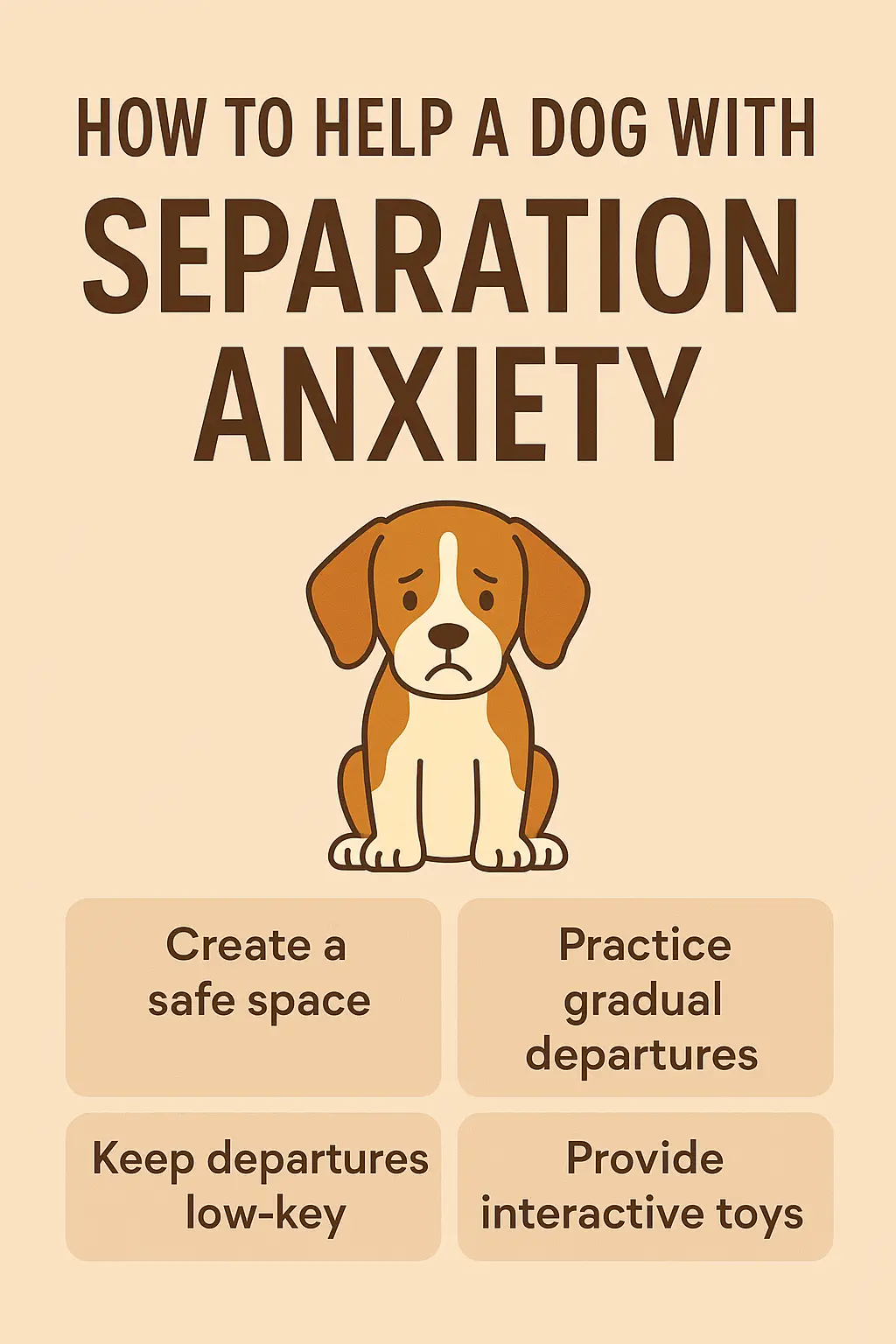
Simple steps to ease stress when you’re away
Separation anxiety is one of the most common—and heartbreaking—issues dog owners face. Whether you’re going back to work, heading out for a few hours, or preparing for a trip, it’s hard to leave when your dog struggles to be alone.
At Chrysidis Pet Care, I specialise in caring for anxious, rescue, and routine-dependent dogs in a calm, home-based setting. Here’s how to recognise separation anxiety and what you can do to help.
🐾 Signs of Separation Anxiety
Your dog may be anxious if they:
Bark, whine, or howl when you’re gone Pace or pant excessively Chew furniture, doors, or windows Attempt to escape Refuse to eat when left alone Have accidents indoors (despite being house-trained)
🧘 How to Help Your Dog Feel More Secure
1. Practice Short Absences First
Start by leaving the house for just a few minutes, then gradually build up the time. This teaches your dog that you always return.
2. Make Goodbyes Low-Key
Avoid long, emotional goodbyes. Stay calm and confident—your dog takes cues from your energy.
3. Create a Safe Space
Leave your dog with:
A favourite blanket or toy A treat-filled puzzle toy (like a frozen Kong) Soft music or calming sounds
4. Stick to a Routine
Dogs thrive on predictability. Walks, feeding, and alone time should happen at consistent times each day. At Chrysidis, I tailor care around your dog’s exact routine.
5. Use Calming Aids
Speak to your vet about:
Pheromone diffusers (e.g. Adaptil) Supplements Behavioural support if anxiety is severe
🏡 How I Help Anxious Dogs at Chrysidis Pet Care
As a home-based sitter with 30+ years of experience, I understand the emotional needs of anxious dogs. Here’s what I offer:
Calm, crate-free care with no overcrowding Familiar routines for food, rest, and walks Trial visits to ease transitions Day care and boarding with one-on-one attention Walks after 4PM for dogs who prefer quiet
📍 Based in Gateshead
📞 Call 07891 719588 | 🌐 chrysidis.com
✨ New to Rover?Get £15 off your first booking